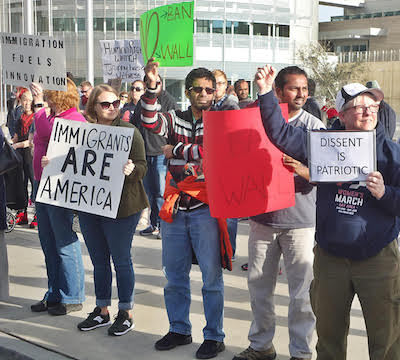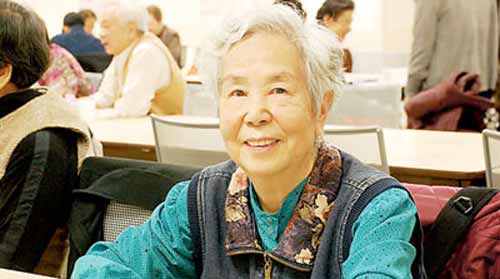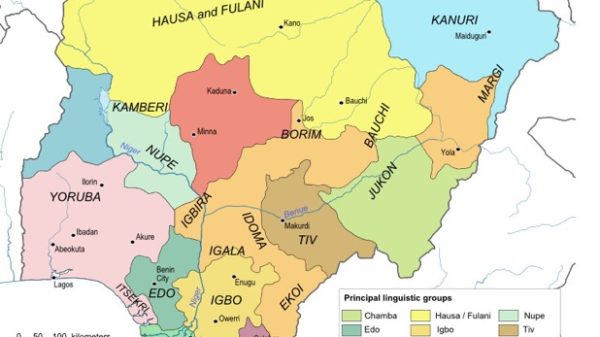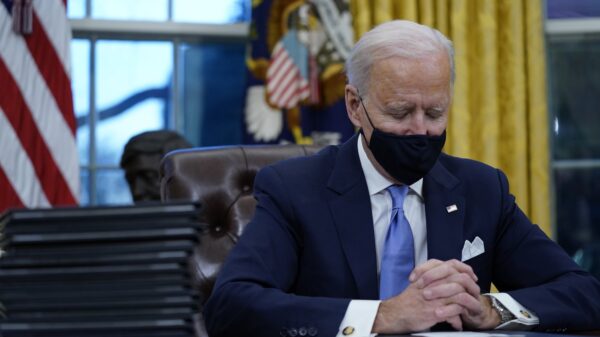In this world of over 7.9 billion people, life for people in the developing world is a constant struggle to make a living and save themselves from ongoing conflicts and crises. Today, one in every 50 human beings is a migrant worker, a refugee or asylum seeker, or an immigrant living in a ‘foreign’ country.
According to the United Nations and the International Organization for Migration, an estimated 150 million people, or 2.5 % of the world’s population, live temporarily or permanently outside their countries of origin. Increasing migration has made nation-states more multi-ethnic. As a result, they are confronted with the challenge of accommodating peoples of different cultures, races, religions, and languages.
Black Migrants? No Thanks!
The United States is one such country that faces the challenge of a multi-ethnic population as it hosts a huge number of migrants, refugees, and immigrants whereas an almost equal number are aspiring to move there in an attempt to pursue their dream of a better future. However, it has been observed by many that the US has adopted an unclear policy when it comes to dealing with migrants, refugees, and immigrants from certain regions of the world.
For example, the US administration under Donald Trump had barred Syrian refugees through a discriminatory executive order from entering the US. It imposed entry restrictions on refugees from seven Muslim-majority countries including Iran, Iraq, Libya, Somalia, Sudan, Syria, and Yemen for at least 90 days.
Similarly, a huge number of Haitian migrants were forced to return to their home country in the recent past under Title 42, a policy that targets Black, indigenous, and Latino asylum seekers, particularly from Central America, Africa, and Haiti.
The US has also been treating Black migrants poorly. For instance, in September 2021, the US federal agents used horse reins to threaten Haitian migrants as they crossed the Rio Grande from Ciudad Acuña, Mexico, into Del Rio, Texas. Moreover, thousands of refugees and asylum seekers were detained by the US Immigration and Customs Enforcement (ICE), the Customs and Border Protection, and the Department of Health and Human Services.
An apparent answer to the question of why the US is so unwelcoming for Black migrants lies in a desire proclaimed by former President Donald Trump for more immigrants from countries like Norway, and not from Haiti and other African countries. It should be noted that Trump had used the word “shithole” for African countries.
This suggests that America wants rich and White people not poor and Black or Brown people within its borders. But, what about Mexican immigrants? Aren’t they White, too? Then why aren’t they welcomed in the US as people like Trump believe they’re replacing America’s white majority? Yet Mexico is the top origin country of the US immigrant population with 1.1 billion Mexican immigrants.
Afghan or Ukrainian Refugees? Yes Please!
The Biden government, in a bid to address the humanitarian crisis that hit Afghanistan in August 2021 when the Taliban entered Kabul and took control of the country, welcomed about 75,000 Afghan refugees as they were forced to flee their country. Likewise, when Russia attacked Ukraine in February 2022, President Biden announced to accept 100,000 Ukrainian refugees. It merits attention that the US had meted out no such welcoming treatment to the refugees from Syria, Haiti, Yemen, Somalia, Sudan, Iraq, Iran, Bosnia, Palestine, Myanmar, and other Muslim-majority countries.
Why this Discrimination?
There live more than 48.2 million immigrants in the US which is the highest immigrant population in the world. This is over 14.6% of the total US population and about 20% of international immigrants worldwide. Of these immigrants, more than 20% are from just a few countries. The top ten countries with the most immigrants to the US include Mexico, India, China, Philippines, El Salvador, Vietnam, Cuba, Dominican Republic, South Korea, and Guatemala.
So, how does the US decide people from which country or region should be granted entry to the US and which not? And which people should be dealt with fairly and which not? As a matter of fact, the US has devised a very comprehensive immigration policy that aims at achieving certain objectives. There’s no doubt that the US is a country built by immigrants. Immigration is one of its biggest strengths as it produces a massively disproportionate share of entrepreneurship, and strengthens other spheres of the US economy and society as well.
To continue garnering benefits from the immigration, as well as to play its due role as the world’s superpower, the US has formulated an immigration policy based on the following principles: admitting immigrants with skills that are valuable to the US economy, promoting diversity, the reunification of families, and protecting refugees. Every immigration, asylum, and migration case is decided under these simple principles. People, countries, or regions which don’t fulfill the criteria set by the US for immigration and asylum, aren’t welcomed here. However, the Trump era is an exception; it promoted racism and discrimination directed at Black, Chinese, and Muslim immigrants in the past.









